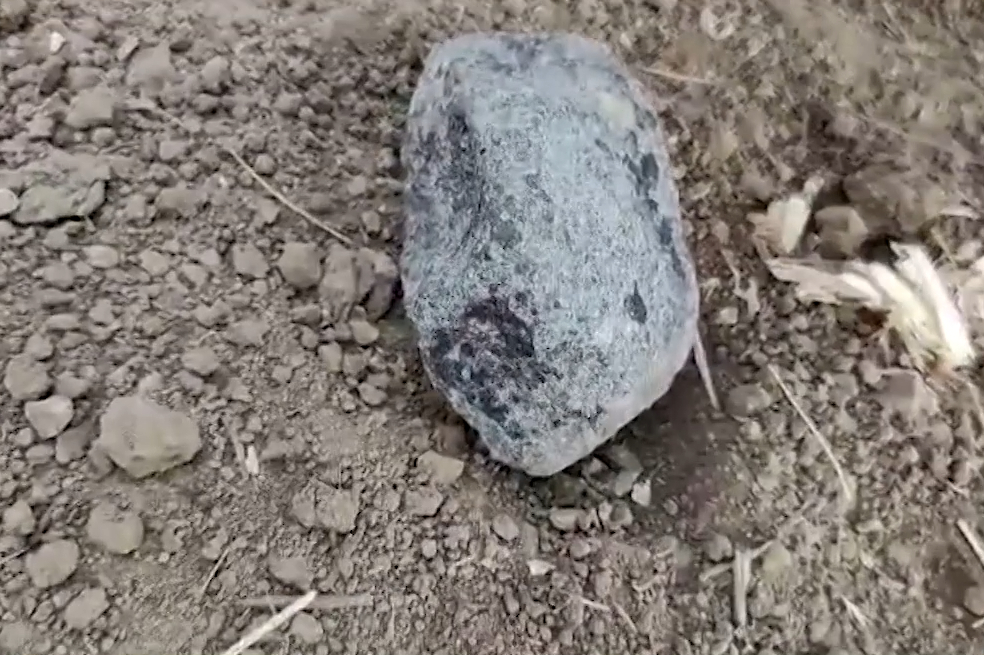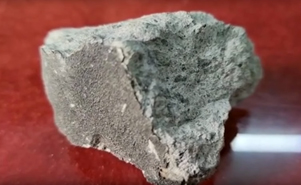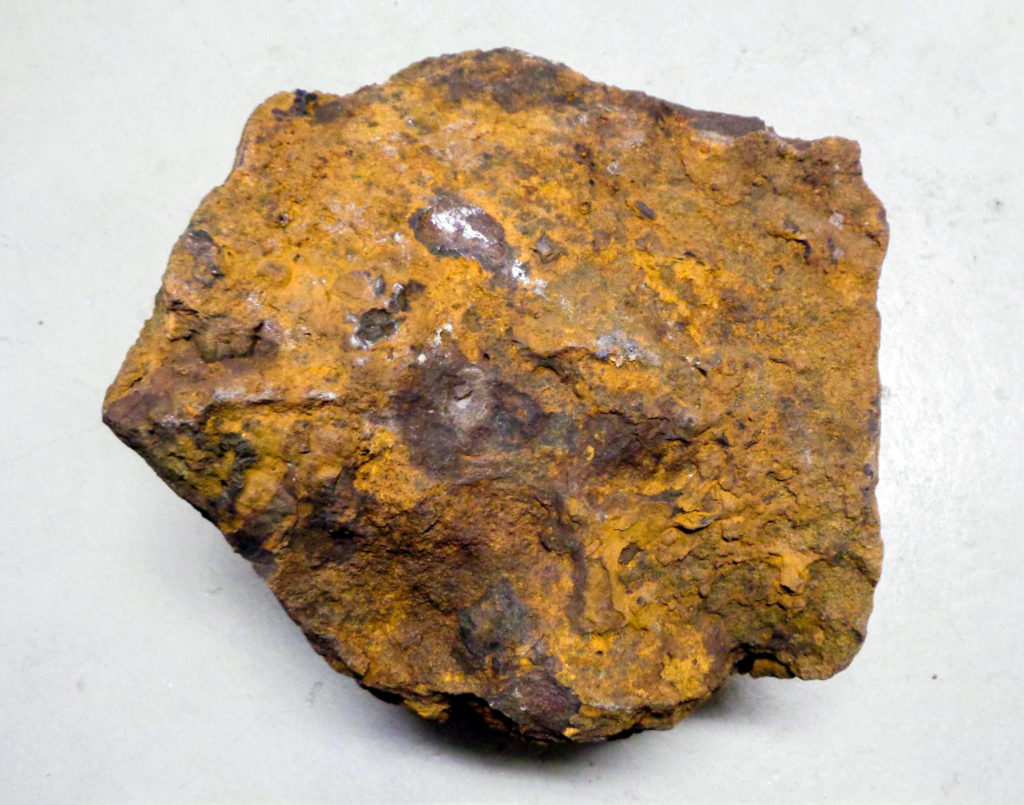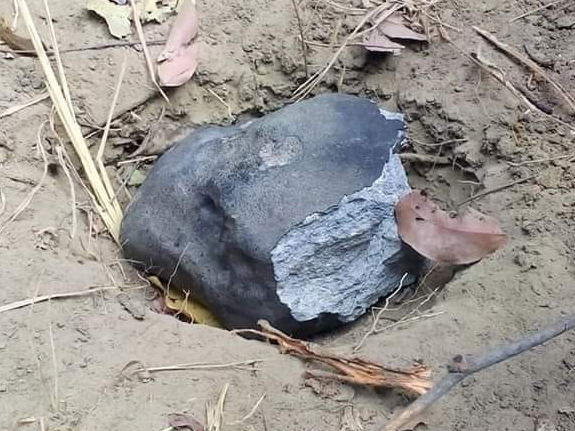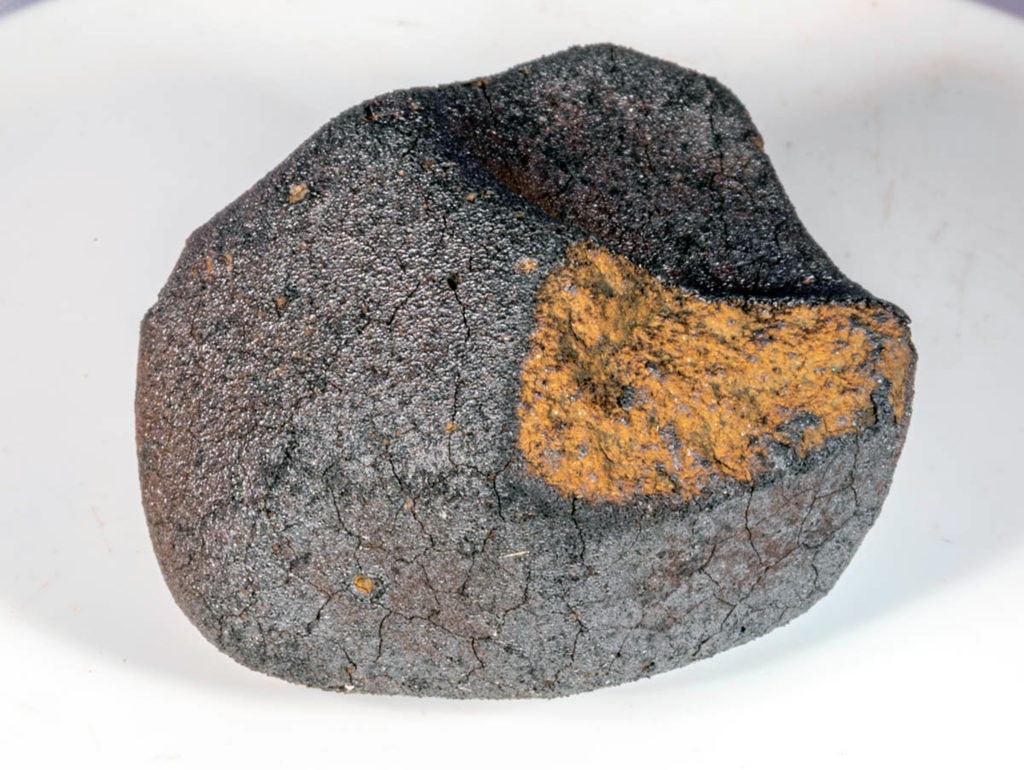An in situ investigation of presolar grains in primitive CO chondrite NWA 10493 and NWA 10498
An in situ investigation of presolar grains in primitive CO chondrite NWA 10493 and NWA 10498
Yuchen Xu, Yangting Lin, Jialong Hao, Sen Hu, Wei Yang, Yongliao Zou, Yang Liu
MAPS, Version of Record online: 16 June 2025
“NWA 10493 and NWA 10498, two hot desert finds, are classified as the CO3.0 meteorites based on the Cr2O3 contents in ferroan olivines, representing some of the most primitive chondrites from the CO parent body. The abundances of presolar grains are known to be sensitive to the degree of aqueous alteration and thermal metamorphism. Therefore, an in situ investigation of presolar grains was conducted in the fine-grained matrix of NWA 10493 and NWA 10498 using NanoSIMS C- and O-isotopic image mapping. The matrix-normalized abundance of presolar SiC grains in NWA 10493 is 94 +74/-45 ppm, which declines to 17 +16/-9 ppm when the much larger (>1000 nm) grain is excluded. This lower presolar SiC abundance is comparable to the presolar SiC abundance of 10 +13/-9 ppm calculated in NWA 10498, similar to those from the most aqueously altered CM chondrites based on in situ studies of the fine-grained rims of chondrules. The abundances of O-anomalous grains in both NWA 10493 (54 ± 15 ppm) and NWA 10498 (42 ± 13 ppm) are lower than those reported for the most primitive CO meteorites, indicating slightly higher degrees of thermal alterations. These findings are consistent with the previously observed variations in Cr content within the respective chondrule olivine and point toward classification grades of 3.02–3.05.”


